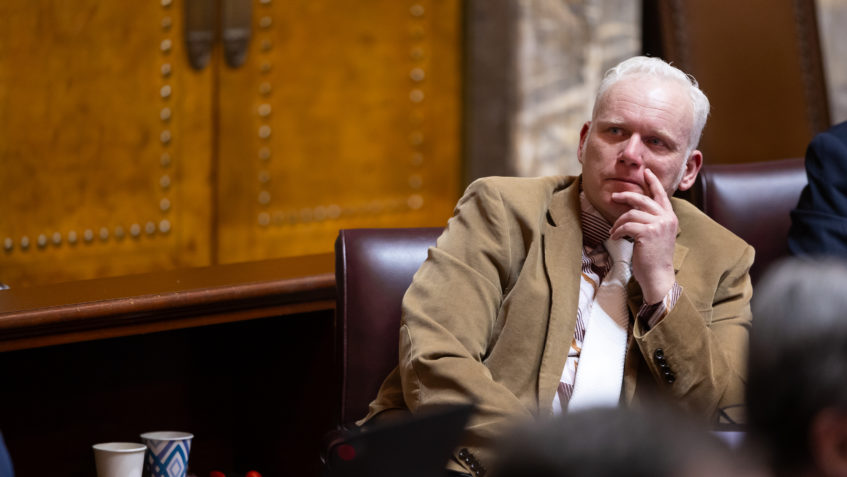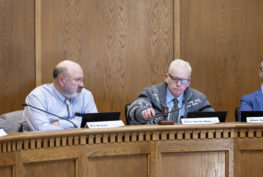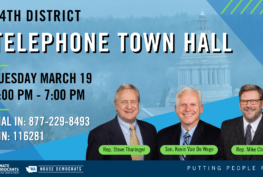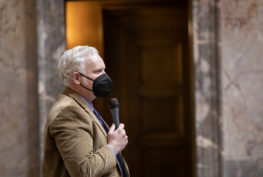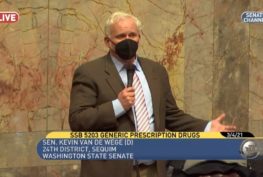Dear friends and neighbors,
While we can’t predict when or where a wildfire might break out, we can take action to reduce the size of potential wildfires – and two bills that were recently signed into law will do just that.
I sponsored both of these bills to eliminate a couple of common sources of fuel that feed wildfires, which have grown in frequency and intensity as a result of climate change.
SB 6121 will speed the removal of slash – piles of dead forest growth common in timber areas – by allowing an environmentally friendly method of incineration that releases fewer emissions and creates biochar, a byproduct useful in agriculture.
Until now, companies have had little incentive to remove slash, so the piles just sit there and dry out, sometimes over years, and provide a ready supply of ground fuel in the event of a wildfire. SB 6121 permits the use of flame cap kilns, a modern incineration technology that turns turn slash into a carbon-rich byproduct with superior water-retention properties. Mixing biochar with fertilizer sequesters carbon in the ground and reduces the amount of water needed for irrigation, simultaneously easing the demand on the state’s limited water supply.
My second bill, SB 6120, directs the state Department of Natural Resources (DNR) to produce maps identifying the areas in Washington counties that face the greatest risk of wildfires. This builds on legislation I sponsored in 2018, SB 6109, that mandated the use of fire-resistant materials in new homes in high-hazard areas. That bill made sense, but it proved difficult to implement because up-to-date data on hazards and risk was not available for all counties. This year’s follow-up legislation solves that problem by directing DNR to map all areas for all counties.
Using fire-resistant materials in new homes in high-risk areas will make it harder for wildfires to spread, but to do that we need to know where those areas are. Current, comprehensive maps will tell us where this kind of construction will do the most good.
DNR will develop two types of maps — hazard maps to designate areas as low, moderate, high, or very high wildfire hazards, and risk maps to designate vulnerable resources or assets based on exposure and susceptibility to a wildfire. Local jurisdictions will be allowed to develop hazard and risk maps of their own for use until the DNR maps are completed, and to update DNR’s risk maps at any time after their completion contingent on the approval of a local fire marshal.
By removing materials that fuel wildfires, we’ll do more than save trees — we’ll reduce the cost of putting out the fires and spare our communities from the smoke that travels far from the fires themselves, darkening our skies and fouling our air quality.
![]()
